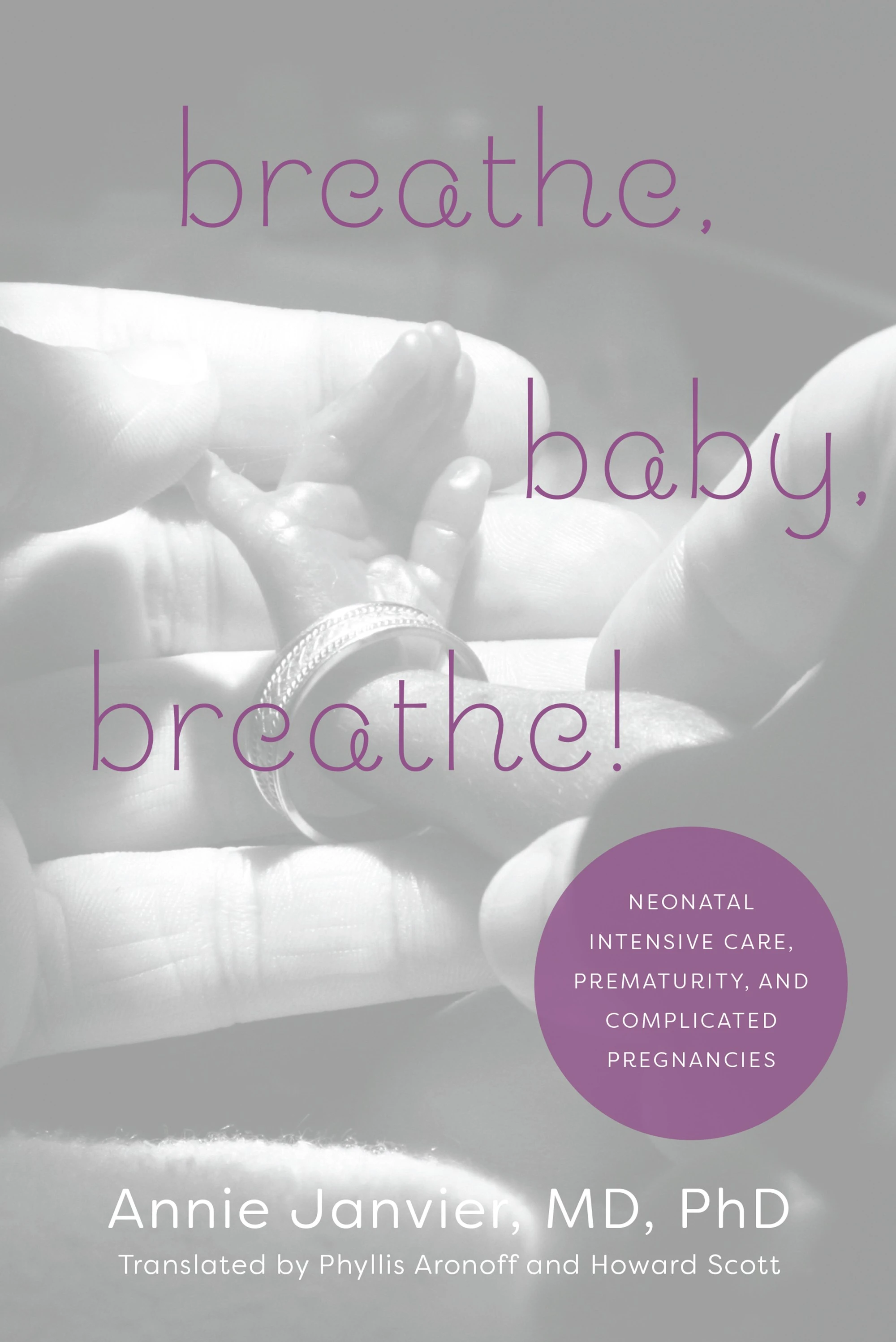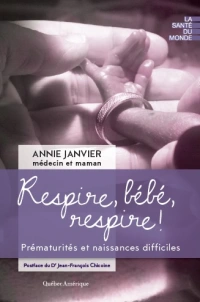
One of the trials we have been waiting for has just been published Dargaville PA, et al. Effect of Minimally Invasive Surfactant Therapy vs Sham Treatment on Death or Bronchopulmonary Dysplasia in Preterm Infants With Respiratory Distress Syndrome: The OPTIMIST-A Randomized Clinical Trial. JAMA. 2021;326(24):2478-87. As you can see above, there was “no significant difference” in the primary outcome of death or BPD, as defined by needing more than 30% O2, or being on respiratory support, or having <30% oxygen and failing a room air challenge, all at 36 weeks. I have ranted often enough about this outcome that I won’t repeat it here. I will say that I think OPTIMIST is the second best trial name ever in neonatology (after ELVIS), but maybe it was too OPTIMISTIC to think that there would be a large reduction in BPD in the most immature infants who were stable enough to be eligible for this study. To be eligible the baby had to be breathing sponatneously on CPAP in the NICU, so many of the sickest babies, would already be intubated, and infants thought to be in need of immediate intubation were also excluded. Those are quite appropriate exclusions, but it means that the remaining babies were relatively lower risk infants.
I’m trying out a new format with a sort of home-made visual summary of the article that you can see above, but it’s quite a lot of extra work, so I don’t know if I’ll continue. Anyway, my bottom line is that MIST looks positive for the 27 and 28 week infants, but the unexpected increase in mortality at 25-26 weeks gives me pause. Apparently the causes of mortality were distributed among all the usual causes, which is a bit strange as all the usual adverse outcomes were slightly less common with MIST, late onset sepsis, NEC, spontaneous perforation and IVH.
As usual, I hate to say it, but I think we need another study. A trial with even earlier surfactant, perhaps prophylactic MIST or at 25 % oxygen, and concentrating on the more immature infants, perhaps combined with a higher dose of caffeine.
I think if such a trial could show the pulmonary benefits, in particular the reduction in home oxygen therapy, without a mortality effect, then MIST/LISA could become routine for the very immature, 25 to 26 week infant. Until then, I think that an overall benefit in those babies is not proven.









Thank you for reviewing this very important article. The study focuses a lot on the method of surfactant administration which is one very important aspect. But another way to looks at this study: Can this study be considered a RCT of Surfactant administration at 30% O2 Vs 45% O2?
The sham group did not receive any surfactant till they reached 45% and got intubated. What are your thoughts on this?
I would say rather it was a comparison of MIST at 30% Vs intubation and surfactant at 45% O2. Indeed I think you would only expect to see much difference in outcomes among the babies who had MIST and did not need early intubation, which was about 34% of the enrolled babies. So perhaps the study was just underpowered and the sample size calculation in future trials should be based on the proportion of babies who avoid early intubation.
Hi Keith, this is Nestor Vain, from Argentina, how are you? I have to confess that I am to some point biased against MIST. We intubate much less infants than in the past, and our younger physicians have difficulty to place a regular ET tube. But when they do, or they think they did, we have an easy chance to demonstrate it is in place (not necessarily an x-ray). With a thin tube and no confirmation a lot of surfactant will go into the esophagus during routine practice (vs. research using a dedicated team). Furthermore, as you mentioned, this study compares surfactant with the need of 30% FiO2 vs no surfactant at that time point. A fair comparison could have been at the same 30% vs. Insure or simply vs. intubation, surfactant, VG and extubate when the infant tells me that he/she can manage because needs minimal pressure to generate the selected Vt.
Please tell me what you think
I love your blog. Hope to see you in Denver
Nestor
Dear all,
I read with great interest the comments by Keith Barrington on the OPTIMIST-A trial results and I agree with him. Even before this article was published I felt that the data for neonates < 28 weeks’ gestation were not as robust as for the higher gestation age groups due to a smaller number of neonates. Therefore, the safety and efficacy of LISA in this population remain to be confirmed, also considering that extreme prematurity is an independent risk factor for LISA failure. Last year we published the results of a multicenter italian RCT, evaluating the efficacy of a lung recruitment maneuver in HFOV modality, just before surfactant administration (IN-REC-SUR-E) compared to a standard IN-SUR-E approach in 24-27 weeks infants not intubated in the DR (Vento G. et al. Lancet Respir Med. 2021 Feb;9(2):159-166). The primary outcome of this trial was the need of MV in the first 72 hours of live. 218 infants were recruited and included in the intention-to-treat analysis. The requirement for mechanical ventilation during the first 72 h of life was reduced in the IN-REC-SUR-E group (43 [40%] of 107) compared with the IN-SUR-E group (60 [54%] of 111; adjusted RR 0·75, 95% CI 0·57–0·98; p=0·037), with a number needed to treat of 7·2 (95% CI 3·7–135·0). According
to the intention-to-treat analysis, in-hospital mortality occurred in 23 (21%) of 107 of the infants in the IN-REC-SUR-E group and in 37 (33%) of 111 infants in the IN-SUR-E group, with no significant difference between the groups (RR 0·64, 95% CI 0·41–1·01; p=0·055). However, the per-protocol analysis suggested a protective effect of the recruitment procedure on death among infants who received the study interventions (19 [19%] of 101 vs 37 [33%] of 111; RR 0·56, 95% CI 0·35–0·91; p=0·020).The addition of the recruitment manoeuvre did not adversely affect the safety outcomes of pneumothorax (four [4%] of 101 vs seven [6%] of 111), or grade 3 or worse intraventricular haemorrhage (12 [12%] of 101 vs 17 [15%] of 111).
We are now launching the new international RCT "INREC-LISA", for evaluating the comparative effectiveness of IN-REC-SUR-E technique and LISA in increasing the survival without BPD of extremely preterm infants. I think our trial can add some important data to define the best technique to be used in this vulnerable class of infants.
Giovanni Vento
Rome, Italy